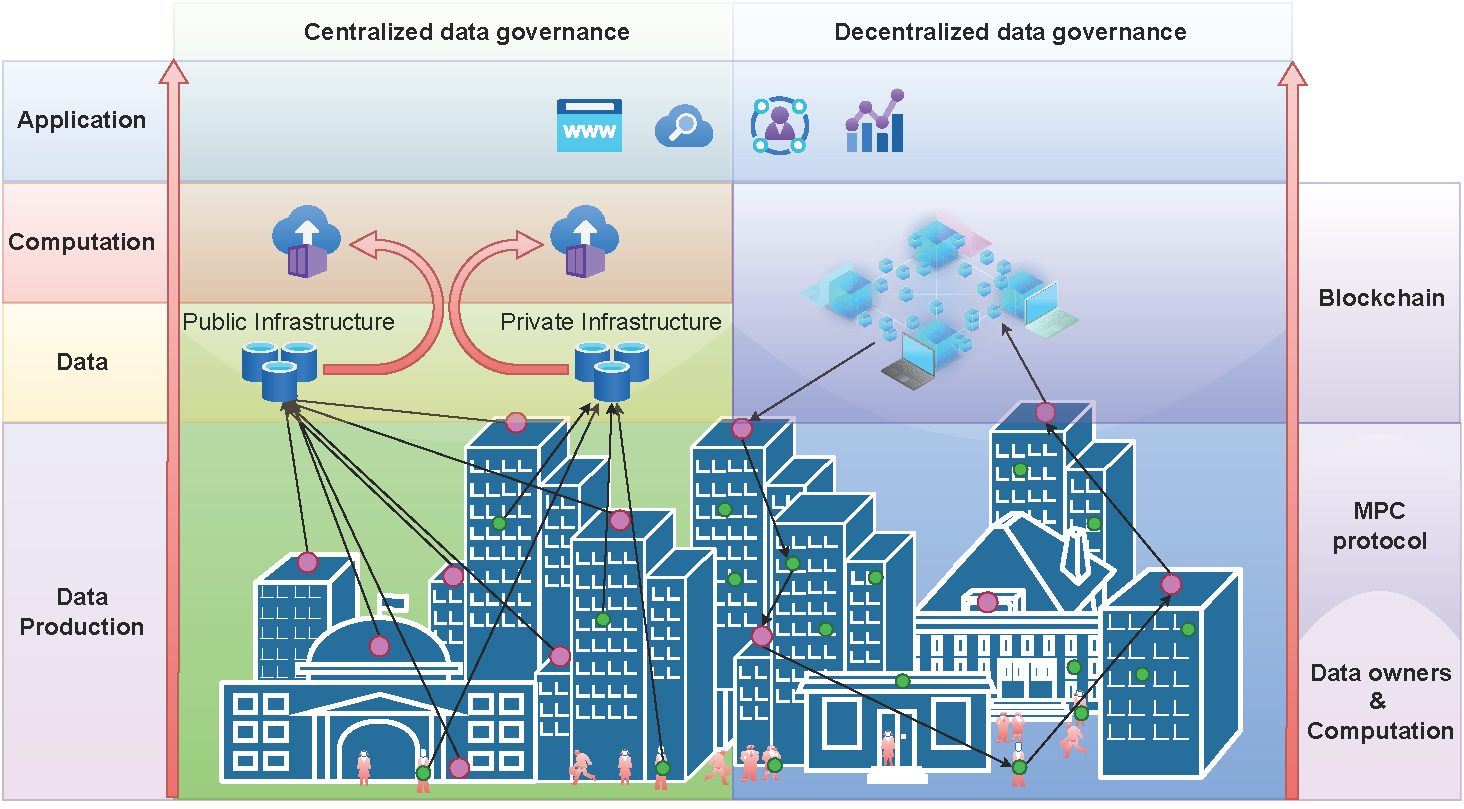
- PROJECT CODE: J4-1767 (C)
- PROJECT TITLE: Selective extraction of high value molecules from forest products processing residues in the speciality chemicals sector
- PROJECT TEAM: dr. Andreja Kutnar (leader), David Balazs, Laszlo Hajdu, Anna Sandak, Kelly Peeters, Erwin M. Schau, Vesna Starman, Niki Hrovatin
- PERIOD: 01.07.2019 – 30.06.2022
- FTE: 0.57 FTE for InnoRenew CoE in 2020
- FINANCING: Slovenian Research Agency (ARRS)
- PROJECT COORDINATOR: InnoRenew CoE (Slovenia)
- PARTNERS: Institut “Jožef Stefan” (Slovenia); ARHEL projektiranje in inženiring d.o.o. (Slovenia); University of Ljubljana, Faculty of Pharmacy (Slovenia); University of Primorska, Andrej Marušič Institute (Slovenia)
Forest-based industries, especially pulp and paper industries, produce huge quantities of bark during primary processing activities. In 2017 alone, the European pulp and paper industry used close to 149 million cubic meters of wood. Bark reduces the quality of wood products and is removed and (mainly) burned for energy production. The wet debarking process used for bark removal produces toxic debarking water as a by-product. For each cubic meter of wood, up to 2 000 liters of water is used for debarking. The dry weight of the removed bark contains 20-40% of lipophilic and hydrophilic extractives, which, due to their toxicity, must be treated in a costly process.
However, these industrial stream residues contain bioactive compounds with a wide range of potential high-value applications in the human healthcare and functional food sectors. Of these compounds, polyphenols are present in large amounts and are of commercial interest. Many polyphenols are shown to have antioxidative activity and free-radical scavenging capacity as well as use in research programs for coronary heart disease prevention, anticancer activity, and anti–HIV functions. These biochemicals are also a potential source of numerous product innovations and can act as alternatives to oil-based chemicals. Finding methods to remove large amounts of these extractives is of great environmental importance and presents an economic opportunity.
This project will develop a methodology for accessing these valuable polyphenols from wet and dry debarking processes, thus adding value to toxic waste materials. The project has the potential to grow and be used at an industrial or commercial level. It will develop, with the use of functionalised magnetic particles, a sustainable and repeatable process for the collection of polyphenols from residue streams followed by a monolith-based separation. To more fully understand the influence of key processing parameters on polyphenol extraction efficiency and accuracy in targeting specific types, a comparison study and modelling (chemometrics combined with in-line spectroscopic analysis) will be made by extracting polyphenols under various conditions. Life cycle analysis and life cycle costing will assess environmental and economic viability of the developed process to determine if there is a benefit to extracting polyphenols from wet or dry debarking residues versus using a conventional method of treating polluted debarking water and burning dry materials.
Project results have the potential to greatly benefit Slovene and European (through IPR management) forest-based industries currently using wet and dry debarking processes and handling the associated waste.
InnoRenew CoE project activities
- Coordinating and managing the project;
- Defining market needs for polyphenols;
- Optimizing an extraction procedure of polyphenols from bark;
- Comparing polyphenols in dry bark and debarking water with industrial needs;
- Optimizing and studying selectivity of absorbing and desorbing capacities of polyphenols on modified magnetic beads;
- Investigating reuse of magnetic beads;
- Running multivariate data analysis and chemometrics to optimize treatment parameters according to initial content of debarking water (analysing with relatively fast, inexpensive, and non-destructive methods); and
- Using life cycle analysis to assess environmental impacts of newly proposed extraction methodology.




